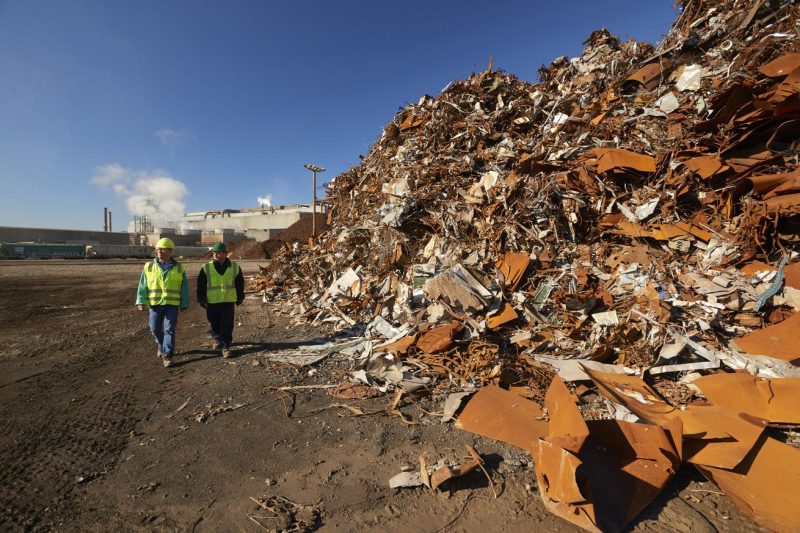The construction industry plays a significant role in global sustainability efforts, with the materials used in construction being a crucial factor in reducing carbon emissions and improving environmental impact. The Biden administration has recognized the importance of finding more sustainable construction materials, aiming to make significant strides towards a greener and more eco-friendly future. By shifting towards sustainable materials, the construction industry can lower its carbon footprint, reduce waste, and create healthier and more resilient buildings.
One key aspect of sustainable construction materials is their ability to minimize carbon emissions. Traditional construction materials, such as concrete and steel, are known for their high carbon footprint. The production of cement, a key component of concrete, is a major source of carbon dioxide emissions. By incorporating alternative materials like recycled aggregates, wood, bamboo, or even innovative materials like hempcrete, the construction industry can significantly reduce its carbon emissions.
In addition to lowering carbon emissions, sustainable construction materials can also help reduce waste and promote a circular economy. By using materials that are recycled, renewable, or locally sourced, construction projects can minimize the generation of waste and reduce the reliance on virgin resources. Incorporating materials with a long lifespan and easy recyclability can further enhance the sustainability of buildings, ensuring that they can be repurposed or recycled at the end of their useful life.
Furthermore, sustainable construction materials have the potential to create healthier and more resilient buildings. Many traditional construction materials contain harmful chemicals or pollutants that can negatively impact indoor air quality and occupant health. By using materials that are non-toxic, biodegradable, or have low emissions, buildings can provide a healthier and more pleasant indoor environment. In addition, sustainable materials can enhance the resilience of buildings against extreme weather events and natural disasters, contributing to a safer and more sustainable built environment.
To support the use of sustainable construction materials, the Biden administration should implement policies and initiatives that incentivize their adoption and promote innovation in the industry. This can include providing tax incentives or subsidies for projects using sustainable materials, investing in research and development of new materials and technologies, and setting stringent sustainability standards for federal construction projects. By creating a supportive regulatory environment and fostering collaboration between government, industry, and research institutions, the administration can accelerate the transition towards a more sustainable construction industry.
Overall, the push towards finding more sustainable construction materials is a crucial step towards achieving a greener and more resilient built environment. By prioritizing the use of materials that reduce carbon emissions, minimize waste, and promote health and resilience, the construction industry can play a significant role in addressing climate change and advancing sustainability goals. With the right policies and initiatives in place, the Biden administration has the opportunity to drive positive change and lead the way towards a more sustainable future for the construction industry and beyond.





























